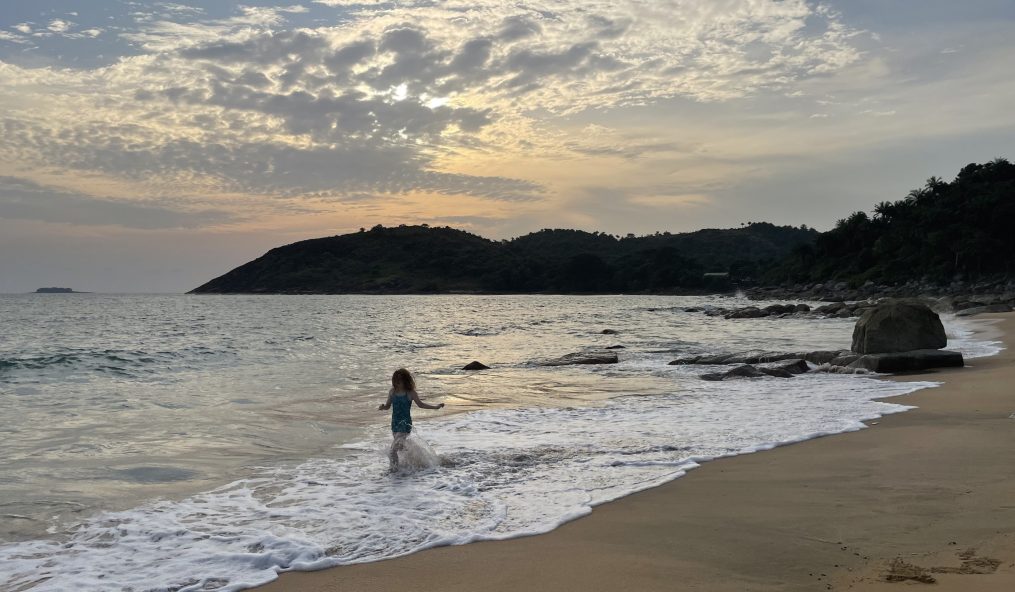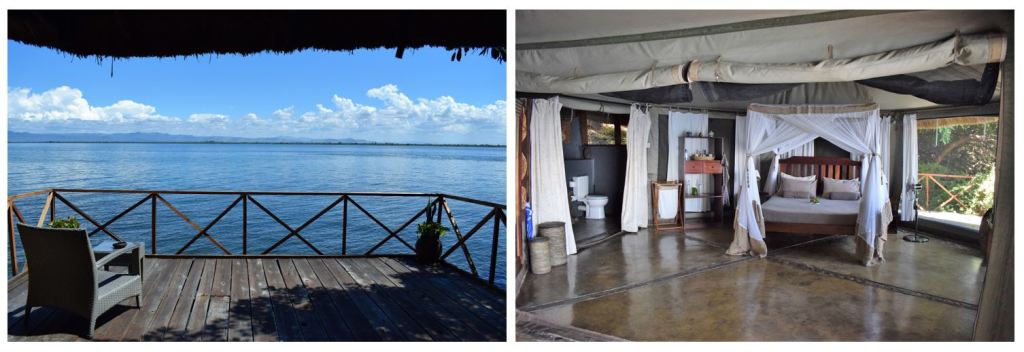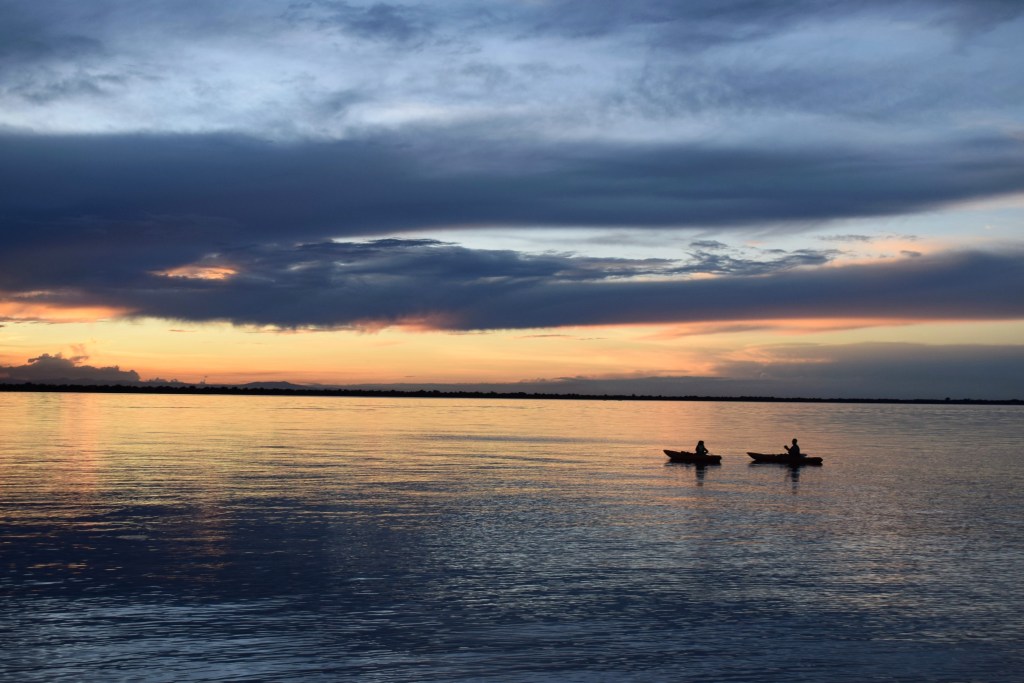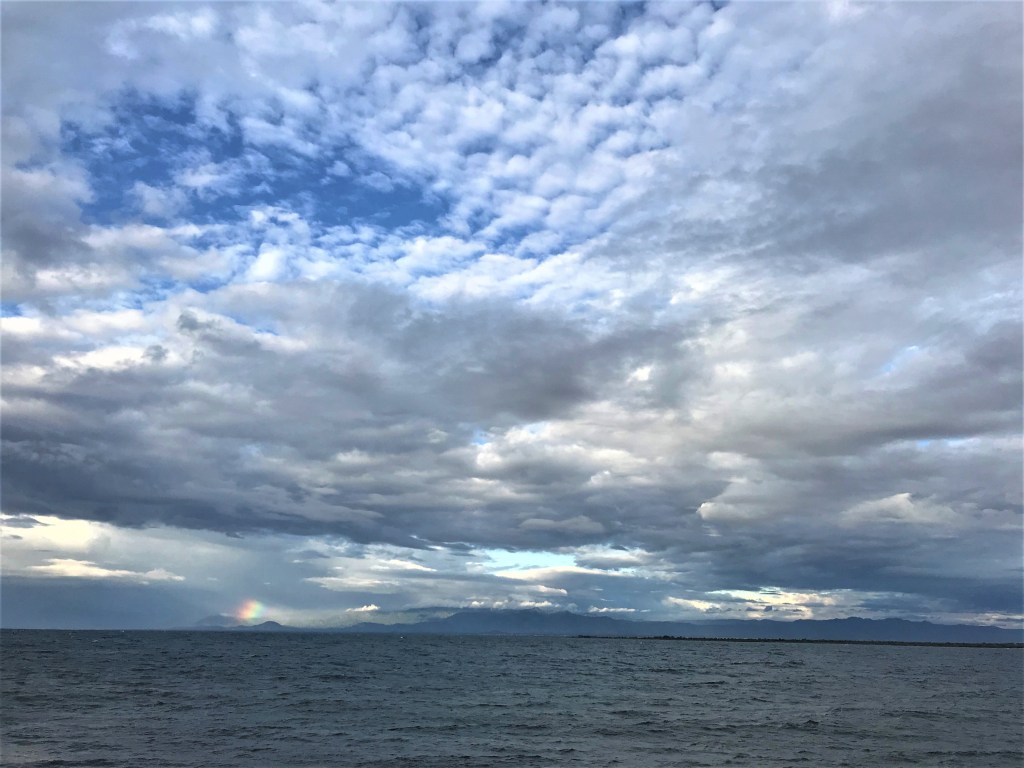A few months after arriving in this country, an idea popped into my head about writing a blog on Malawi with this very title. In early briefings I participated in, there were clear lines drawn between the lack of electricity and the inability of the country to attract foreign direct investment that would drive growth and development. Without that investment, Malawi would remain one of the least developed countries in the world.
Over the years I have continued to think of writing that – this – blog post, but it never seemed to be the right time. Yet, here I am with only months left, and it’s time. However, this is but an idea that I had on how to write about my first and then developing impressions of Malawi. No place can really be distilled down in such a simplistic way. Though I have had a great opportunity to learn more about this country over these four years, what I have learned still represents only a few aspects seen through my lens. That of a political officer who has spent the majority of my time in Lilongwe.
This post is therefore not based on extensive research. These words are based only on my experience and anecdotes from my time here.
Power & Water
When I arrived in Malawi in August 2017, the country had the capacity to produce about 360 megawatts of power. For those that know electricity, this pronouncement generally produced gasps or serious, rather grim nods. For the uninitiated, such as myself, I had to do a bit of digging to understand. Online I found a statistic that on an average day New York City uses 12,000 megawatts. If Malawi produces its maximum capacity daily, then the total annual production is about130,000 megawatts. According to the U.S. Department of Energy, the state of Florida, with a population of 19.5 million (compared to Malawi’s 18 million) produces 221 Terawatts or 221 million megawatts annually. Although I still do not quite grasp the concept of power generation or megawatts, these numbers nonetheless tell a stark story. Now, nearly at the end of my tour 4 years later, Malawian energy production capacity is nearly 100 megawatts more though still a far cry from what other countries can produce.
And this poor power generation capacity has consequences. In Malawi, only 15% of the population has access to the power grid, but uneven distribution means 62% of urban households but only 5% of rural areas are connected. Living without electricity is the reality of approximately 85 percent of Malawian households. Power generation is also inconsistent. Several times a week I lose power, but I am lucky because the Embassy provides a large generator that – if the connection is working right – switches over almost immediately. Most are not that fortunate as generators – and the diesel fuel that operates them – is much more costly than electricity.

So just think about this for a minute. Think of all the things that you do every single day that require electricity. In the U.S. we really take this for granted and groan when we lose access for a few hours, in rare instances a few days, after a storm. It is not a matter of your local power company, maybe Pacific Gas & Electric or Dominion Energy, working around the clock to restore power. There just isn’t any power to restore. The lack of power affects all aspects of everyday life from kids studying to mothers cooking (and yes, it is almost always the mothers or girls). Consider these two headlines from my time here: “The judgment was delivered in the judge’s chambers as the court had no electricity to print it out for reading in open court” and “we have cases of babies dying in hospitals due to the absence of power for the incubators.”
In Malawi, power and water are intrinsically linked. Water dominates life in Malawi – its abundance or its scarcity. Lake Malawi makes up a full one-fifth of the country’s area (and is Africa’s third-largest and the world’s ninth-largest lake). Malawi’s longest river, the Shire (pronounced Sheer-eh) is not long by world or continental standards, but is the Lake’s primary outlet and flows into the mightier Zambezi. Ninety-eight percent (yes, 98%!) of the country’s power is hydroelectric. And three of Malawi’s four hydroelectric power stations are built on the Shire. (The Kapachira Station sits above the falls that back in 1859 stopped explorer David Livingstone’s Zambezi Expedition from continuing upriver). That level of hydro-power sounds amazing from an environmental perspective, doesn’t it? However erratic rains and declining water levels can mean reduced capacity, increased power outages, and the process of “load shedding.” Though it is not unique to Malawi, until I arrived here, I had never heard of load shedding or planned supply interruptions. During load shedding a particular area may not have access to power say from the hours of 10 AM to 4 PM and then again from 9 PM to 6 AM.
Malawi is an agriculture based economy. Eighty percent of the country is involved in agriculture with the vast majority of those being smallholder, subsistence farmers. The staple crops of Malawi are maize, maize, rice, cassava, potatoes, beans and bananas, with maize being the runaway favorite (60% of total cropped land is devoted to it). The main cash crops are tobacco, tea, sugar and coffee, but tobacco is king, making up approximately 60% of Malawi’s export earnings. Agriculture needs water. And water in Malawi, as already noted, is inconsistently available. Irrigation can help, but most of Malawi’s crops are rain-dependent. One of the big ironies I have found here is the soil and climate appear (to my, admittedly, very inexperienced eyes) quite suitable to growing all manner of crops. In my yard, I have banana, lemon, avocado, mango, fig, and papaya trees and we have successfully grown sweet potatoes, chili, carrots, tomatoes, tomatillos, lettuce, cabbage, maize, broccoli, and cauliflower. I have lemongrass, cilantro, aloe, and peppermint also growing. We have palm trees and succulents. And yet it takes just a few shocks — too much rain or not enough — to devastate Malawi’s crops, leading to food insecurity.
Life & Death
In 2002, when crossing into Malawi from Tanzania, travel writer and novelist Paul Theroux noted “you know you are in Malawi when the first seven shops you pass are coffin makers’ shops.” Death is of course a natural part of life and it is all around us. Yet, in Malawi, death feels much closer, a much more present part of the everyday.
Life expectancy in Malawi is just under 65 years of age – a full 20 years less than in Japan. In Japan (and also the U.S), the top causes of death are generally those that affect a person who has lived a longer life: coronary heart disease, cancers, dementia, but in Malawi the leading causes of death are those that can affect younger persons such as HIV/AIDS, tuberculosis, malaria, and diarrheal diseases like cholera and dysentery. Many of these are rarely heard of as causes of death in the developed world. Many are preventable and treatable.
This is merely anecdotal, but I would be willing to bet one of the top reasons, if not the primary reason, for absenteeism from work in Malawi is attendance at funerals. For my own staff this is certainly the case. My nanny, gardener, and guards missed at least week or two each year. My gardener lost a grandmother, his sister, a nephew, and many neighbors. My nanny’s 15-year old niece died suddenly of malaria while a student in Nkhata Bay. She lost a friend to a snake bite. A cousin’s three year old son was run over by a garbage truck. My masseuse’s uncle was hit by a car. Another of her relatives died due to pregnancy complications at Kamuzu Central Hospital.
Its with this ever more present possibility of death (and a high level of religiosity – reportedly among the top five most religious countries in the world) that likely makes Malawians more fatalistic. In the early days of COVID, the government attempted to impose a lockdown and people revolted. For many, the inability to trade in the market would mean a significant loss of income and a high certainty of starvation. COVID, however, is just another of the long list of diseases that haunt the country, its fatality rate less certain than others. One might as well take one’s chances.
Though the government did eventually pose a variety of mitigation measures, such as closing restaurants or limiting them to takeaway only, requiring masks, restricting social gatherings of greater than ten people, funerals were always an exception. Weddings might have been discouraged, but funerals would continue — with up to 50 people.
Yet it is perhaps that same sense of mortality that leads to the incredible zest for life I have found among Malawians. While the Japanese may have the longest life expectancy in the world, I found the culture to be reserved, formal, and more difficult to penetrate by outsiders. Malawians however strike me as more relaxed, open, welcoming – the country is not known as the “Warm Heart of Africa” for nothing.

I have had the wonderful opportunity to attend two weddings in Malawi: that of my former nanny and also her sister’s. Both were colorful, noisy, joyful experiences. The groom did not solemnly stand in front of the guests, hands clasped waiting for the bride, but instead, alongside his groomsmen, boogied and slid his way down the aisle and then got down with the emcee (yes, there was an emcee) and the bride’s parents. Then the bride and her entourage danced two-by-two in a fast-paced coordinated routine down the red carpet. Later the emcee invited up groups of attendees to dance around the bride and groom and toss money into a donation basket. So much lively dancing.
As things open up again (and to be honest even when they were not some ignored the guidelines), the weddings are back on. There are a few wedding venues in my residential neighborhood. It’s rather unfortunate from a noise point of view, to have the sounds of a massive dance party go on for hours on end just around the corner on what would otherwise be a quiet Saturday, but in my generous moods, I can appreciate the high spirits, imagine the smiles and laughter and enthusiastic strutting down the aisle.
There are such challenges here and yet such resilience and joy in the face of them.
Again, this is an oversimplified boiling down of Malawi as a country. After four years here, I know this is patently unfair, and that Malawi, like any country, is made up of millions of stories that though there may be a common thread, still stand apart. Yet, I could not shake the idea of writing this about how the access to and lack of power and water does weave into the lives and livelihoods of Malawians and others, like myself, who are fortunate to call Malawi home.








